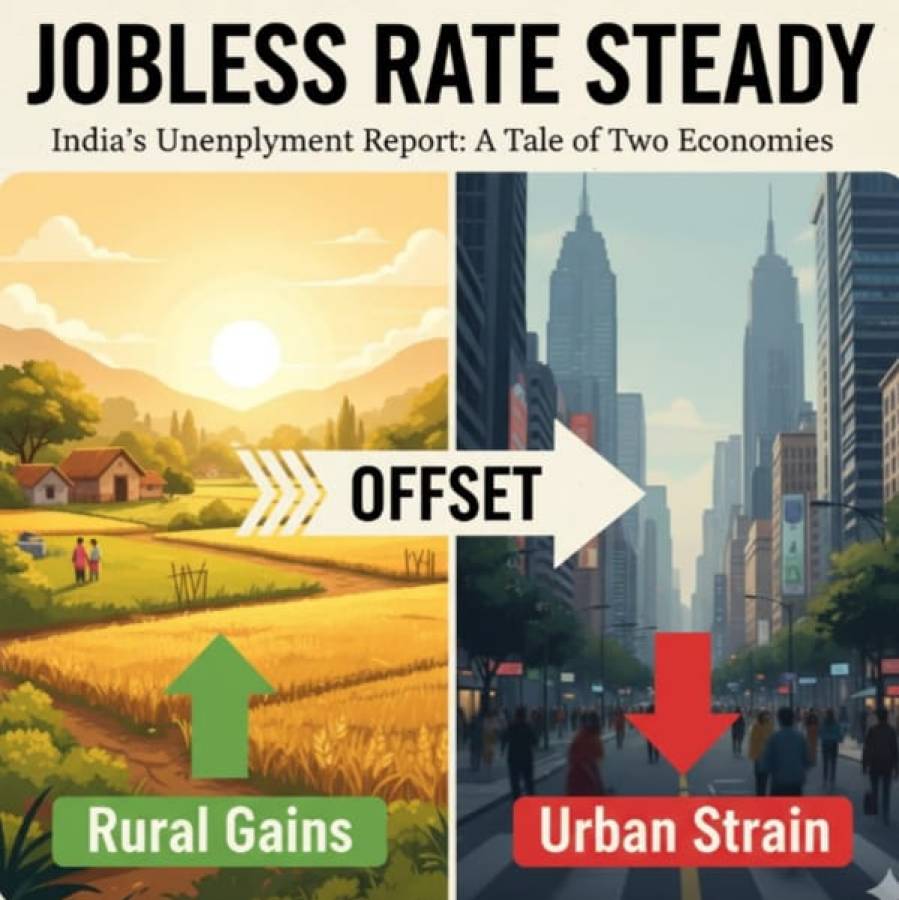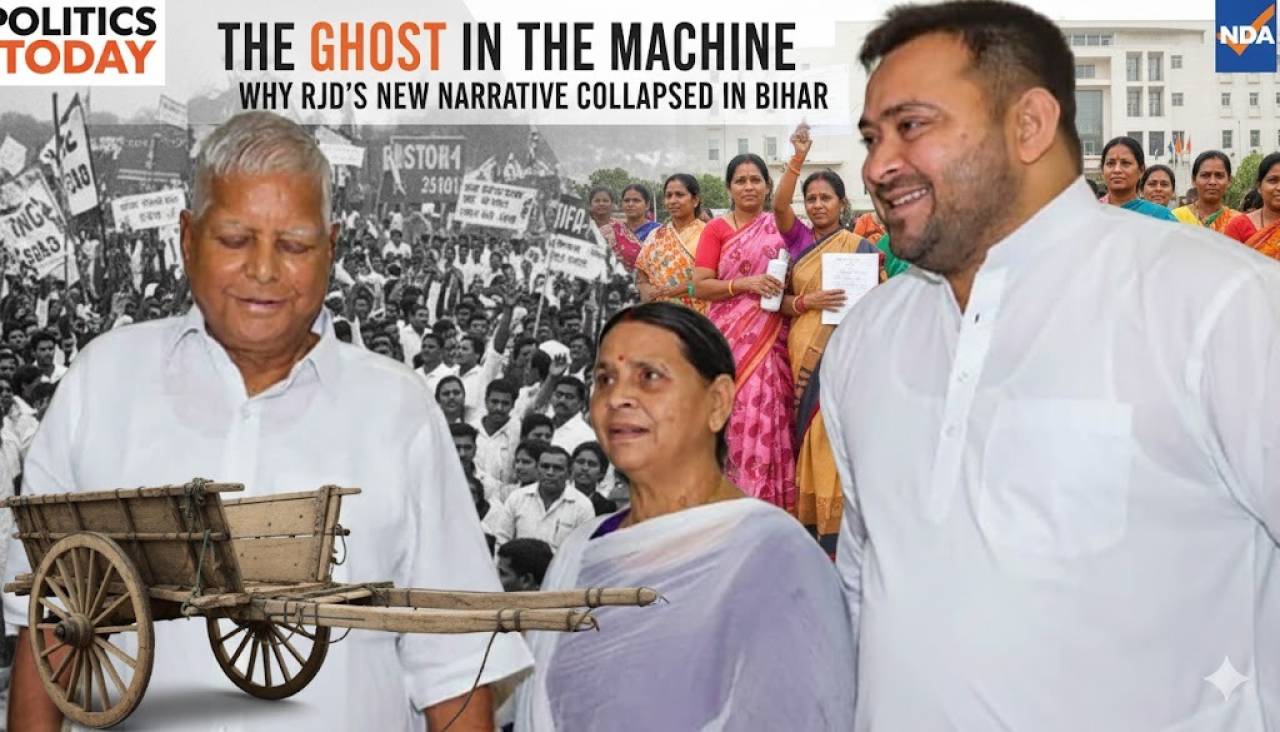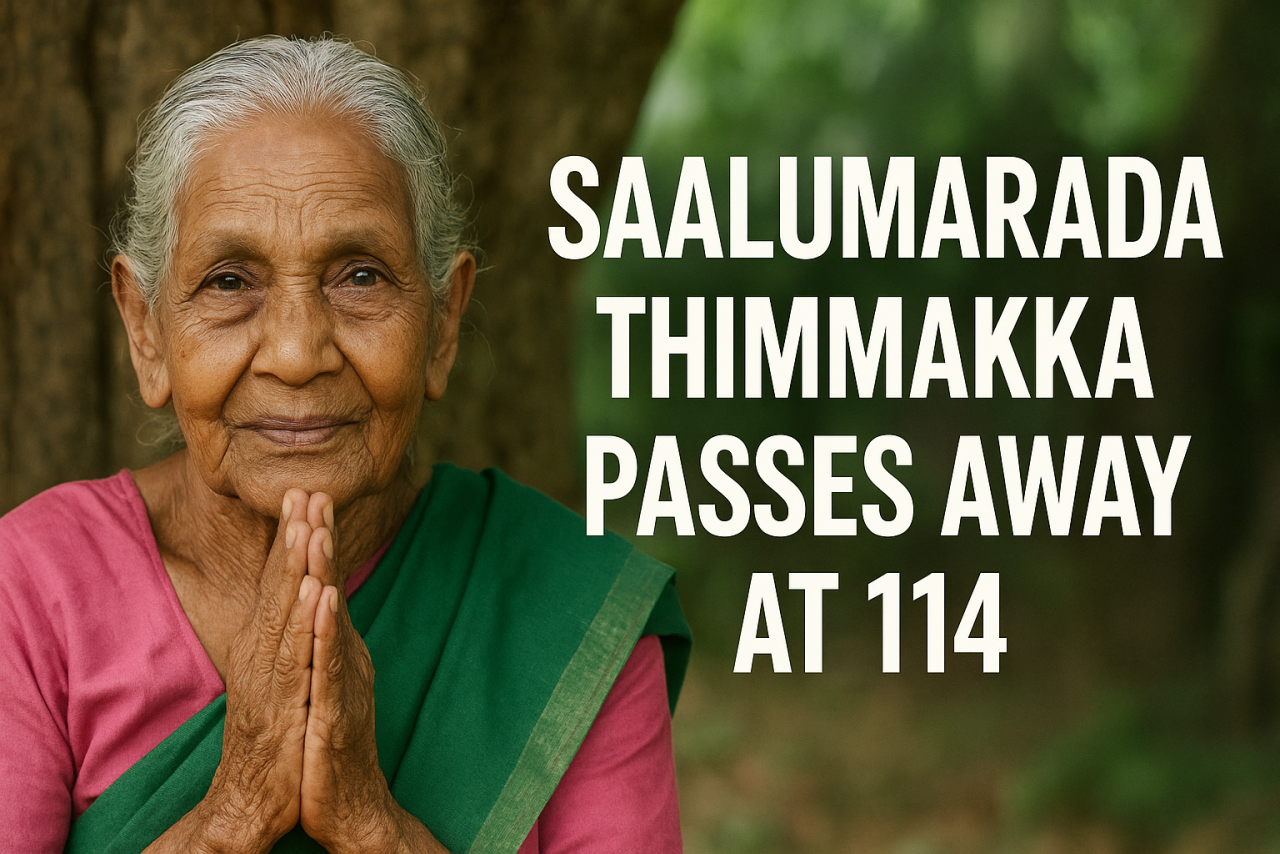
In the April to June quarter of 2025, India’s hotel industry managed to stay steady despite a noticeable dip in travel activity during June. Factors like elections and aviation issues led to a decline in movement, yet the hospitality sector held its ground.
Analysts observed that while the overall demand slowed down in June, the impact was not too severe. The hotels adapted and showed strong performance for the rest of the quarter. According to data from ICRA and HVS Anarock, hotel occupancy levels remained healthy during the first two months of the quarter. However, there was a slight drop in June because of fewer business meetings and flight disruptions caused by bad weather and airline issues.
India's hotel sector has become more flexible over the years. The ability to handle challenges like the recent slowdown shows how mature the industry has become. Despite the setback in June, major hotel groups such as the Indian Hotels Company Ltd, ITC Hotels, and Radisson Hotel Group showed strong performance.
HVS Anarock stated that the Pan-India hotel occupancy rate reached about 70 percent in May 2025. This was slightly better than the 69 percent recorded in May 2024. The average room rate also rose from ₹7,000 last year to around ₹7,300 this year. These numbers show how well the sector performed, even with external challenges.
Radisson Hotel Group’s India portfolio also did well during this period. Their Managing Director and Area Senior Vice President, South Asia, Zubin Saxena, explained that the company saw strong demand, especially in tier-2 and tier-3 cities. He mentioned that the growth was not only due to elections or holiday travel but also because of better pricing and long-term business strategies.
Hotels are becoming smarter with their operations. Many now rely on data to make decisions, and they keep their pricing structures flexible. By responding quickly to market changes, they have been able to manage revenue better.
The sector also got a boost from religious tourism, which continues to grow across India. Cities like Ayodhya, Varanasi, and Tirupati are seeing rising numbers of tourists. This has helped fill rooms even during slow periods. Companies are now taking religious tourism seriously and developing infrastructure to support it.
Anand Kumar Bajaj, founder of PayNearby, said that the growth in religious travel is creating new job opportunities. He explained that improved roads and digital payments are making it easier for people to travel to religious sites.
Experts believe that hotels must now focus on long-term plans. They need to invest in staff training, digital systems, and sustainability. As the market gets more competitive, only those who innovate will stay ahead.
Real estate developers like Chalet Hotels and Embassy REIT also reported solid performance. They highlighted that premium business hotels in major cities continued to attract good footfall from international travelers. The luxury segment remained strong, especially in cities like Mumbai and Bengaluru.
Industry experts say that the next few months will be crucial. The sector is expected to recover fully by the end of this year. Analysts are hopeful that both domestic and international travel will pick up again.
In conclusion, India’s hotel industry showed strength in the face of challenges. Even though June brought a temporary slowdown due to flight disruptions and fewer corporate events, the sector managed to hold firm. With the help of religious tourism, smart pricing, and strong management strategies, hotels across India have stayed on track. The future looks promising, provided the industry continues to adapt and innovate.





















